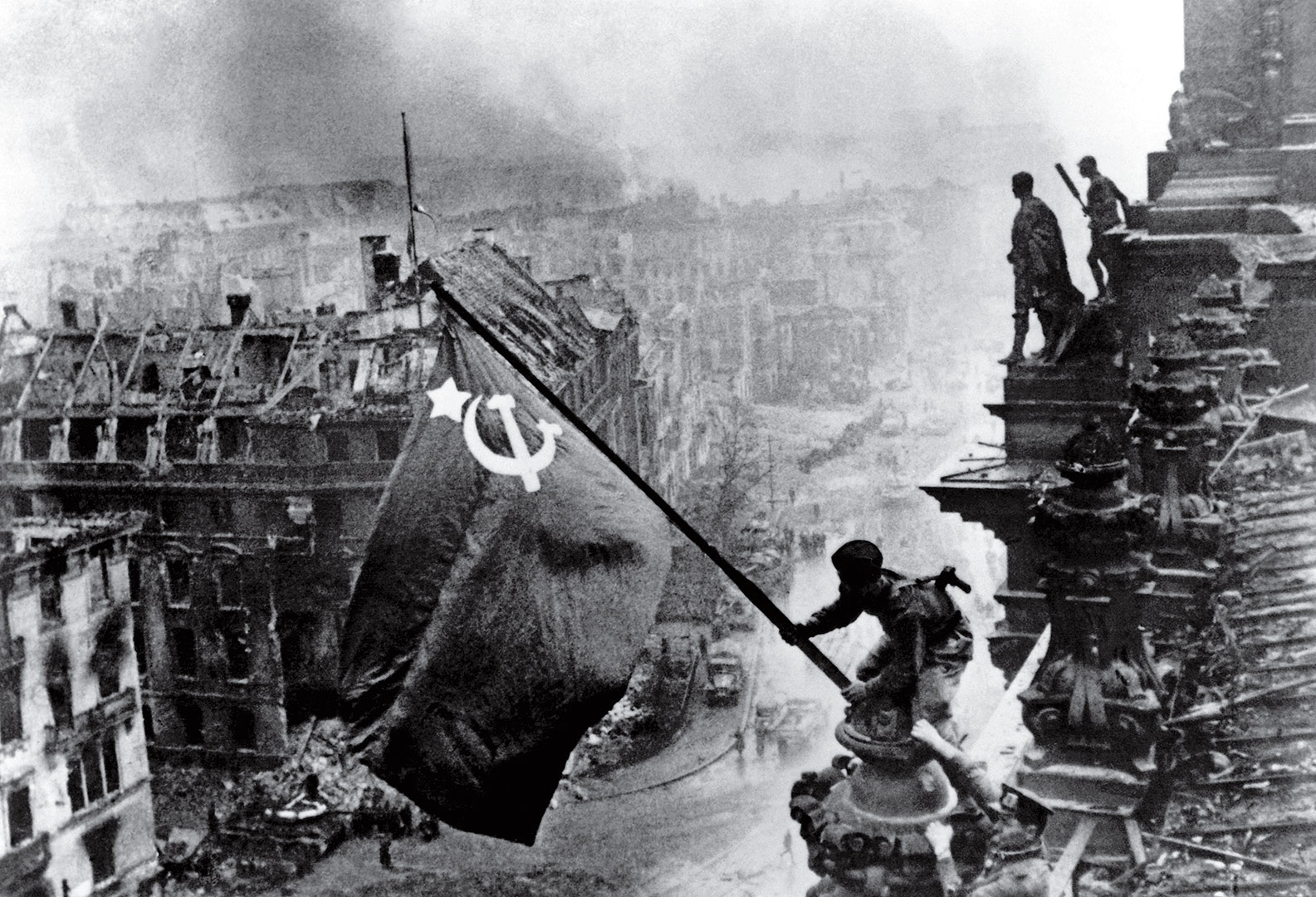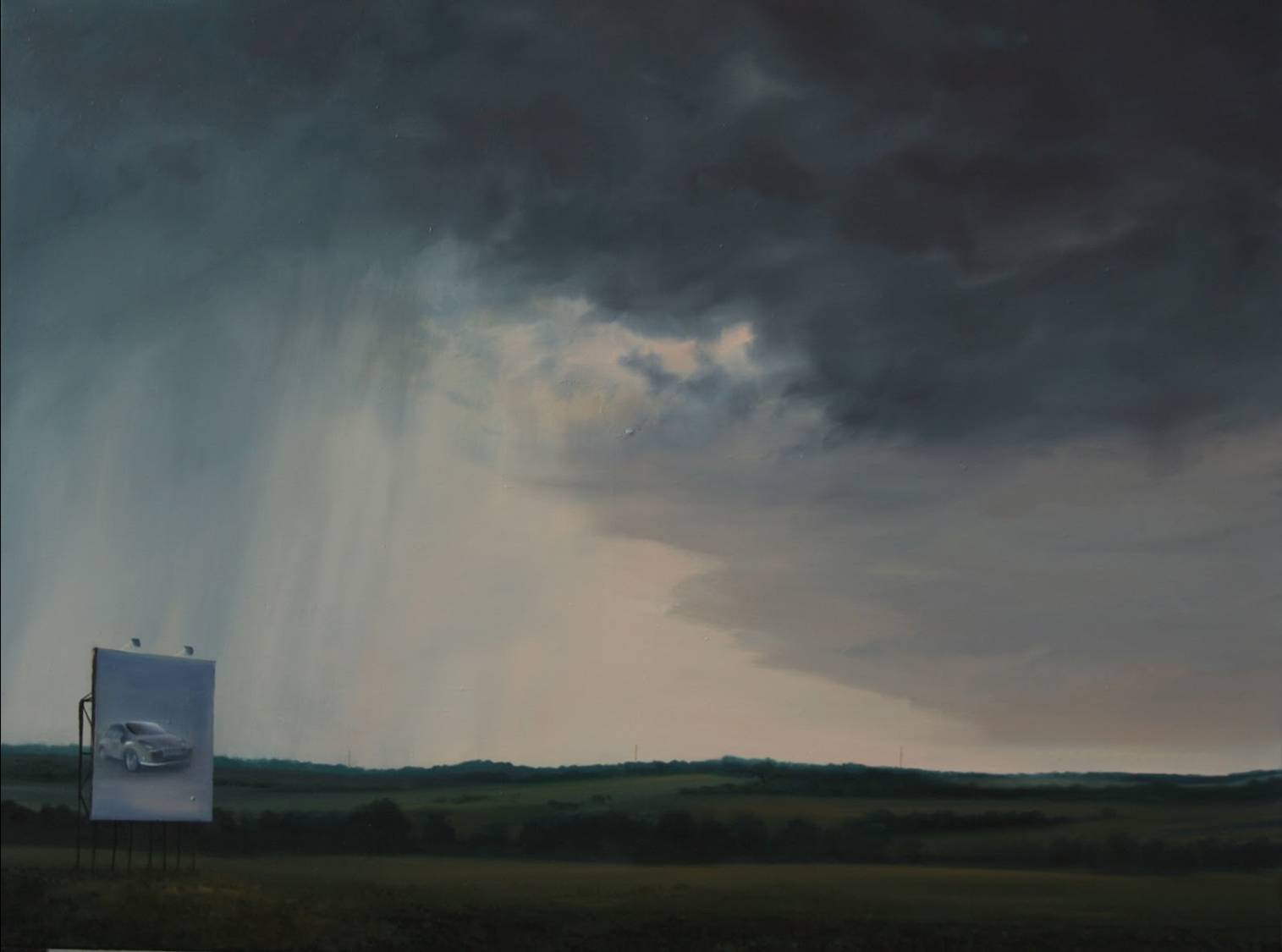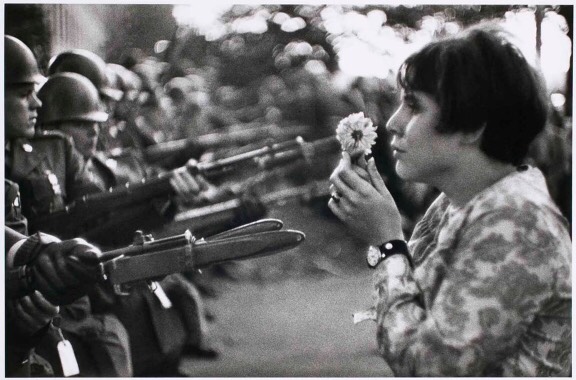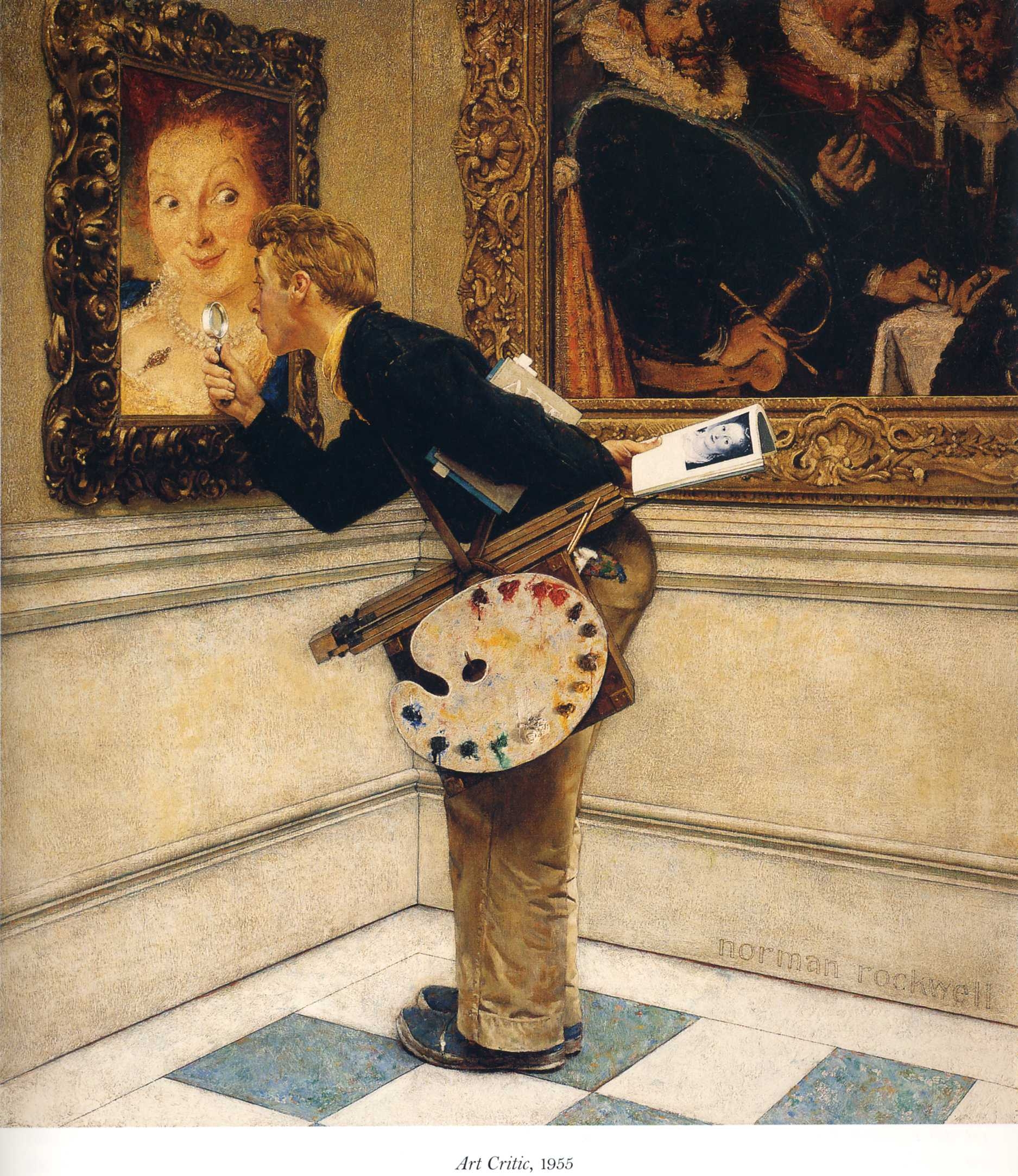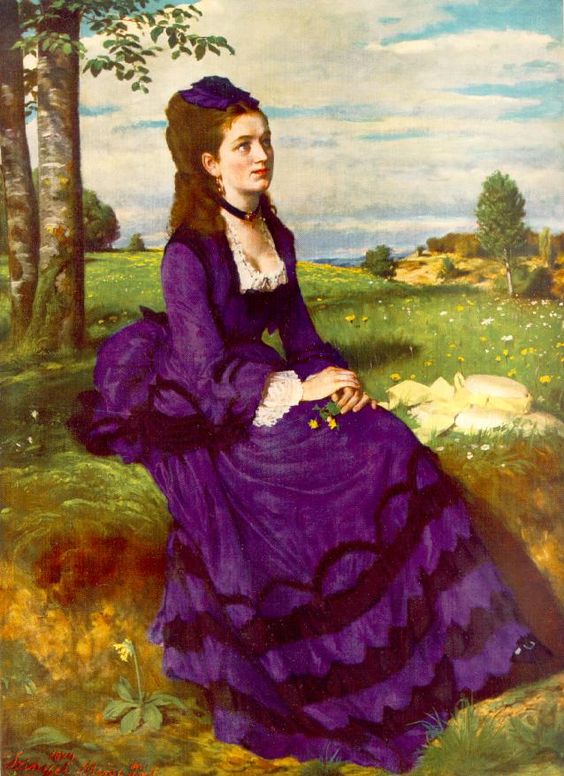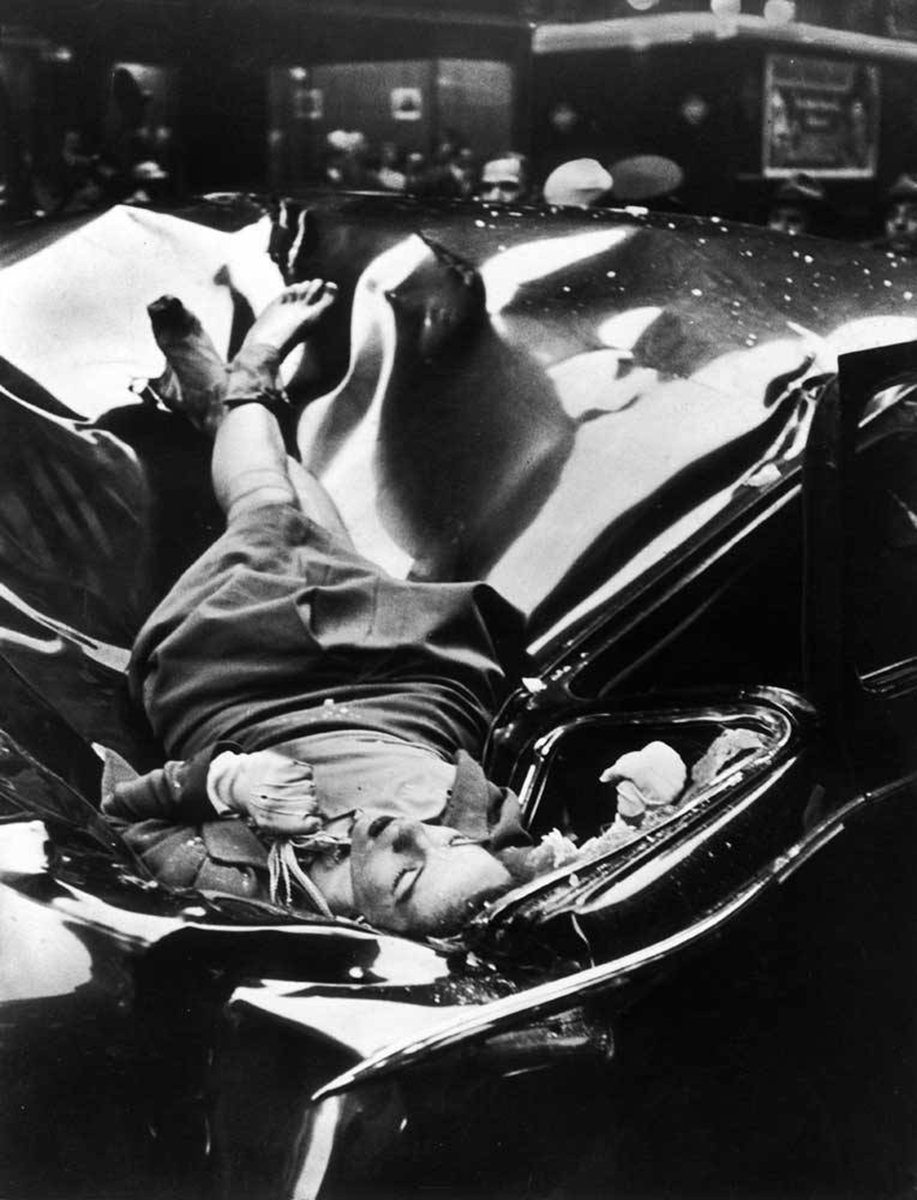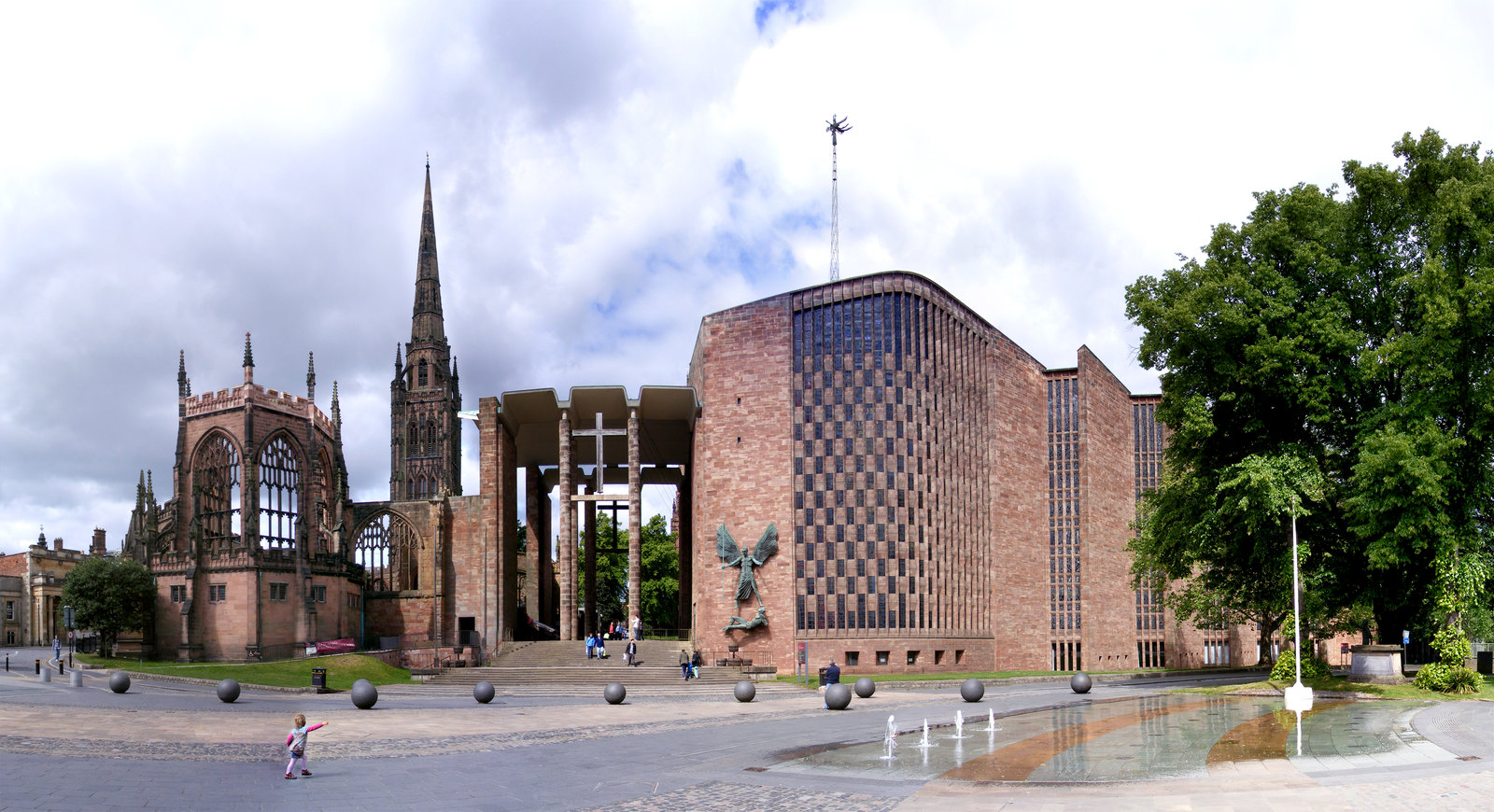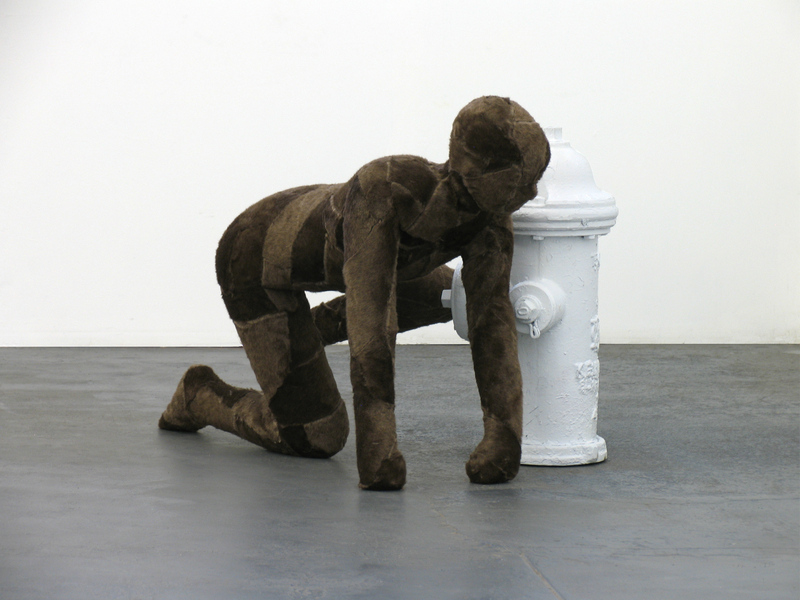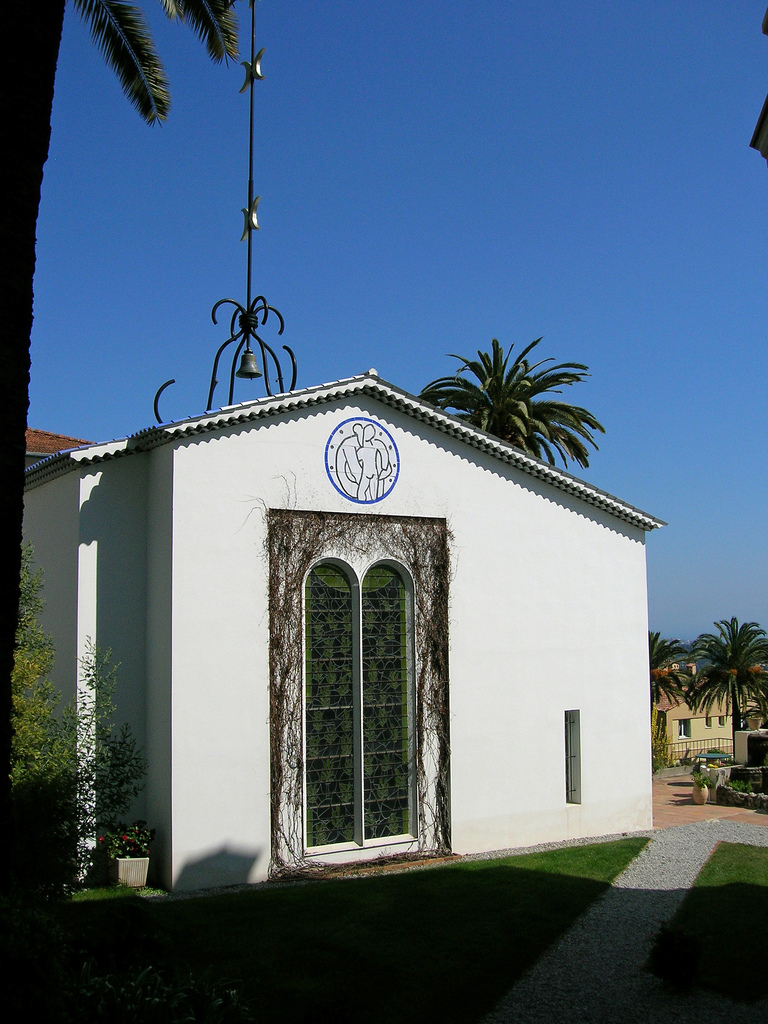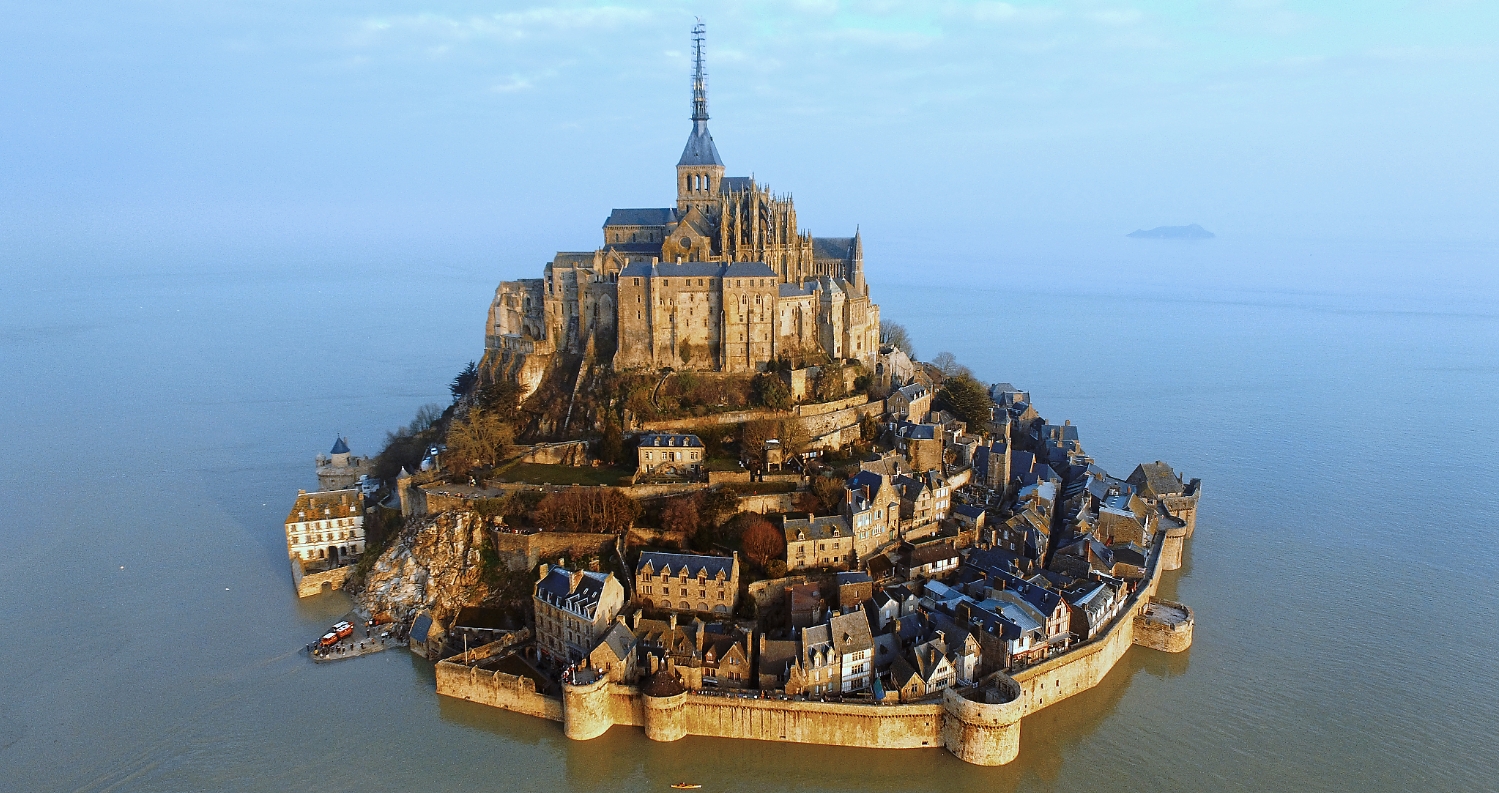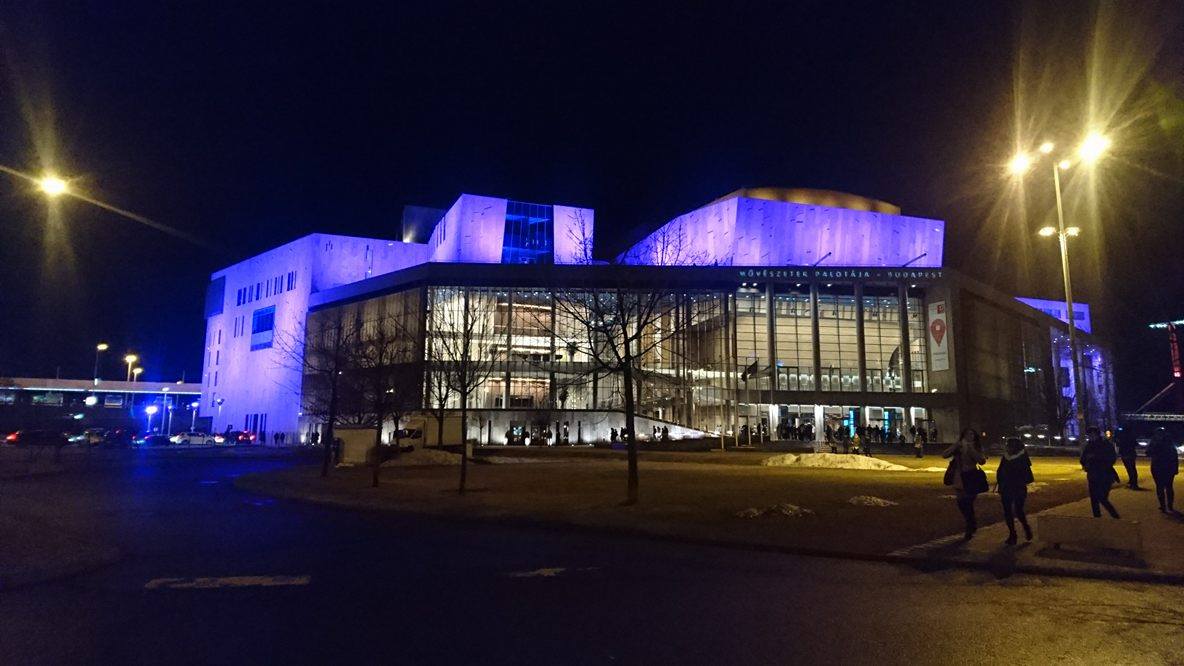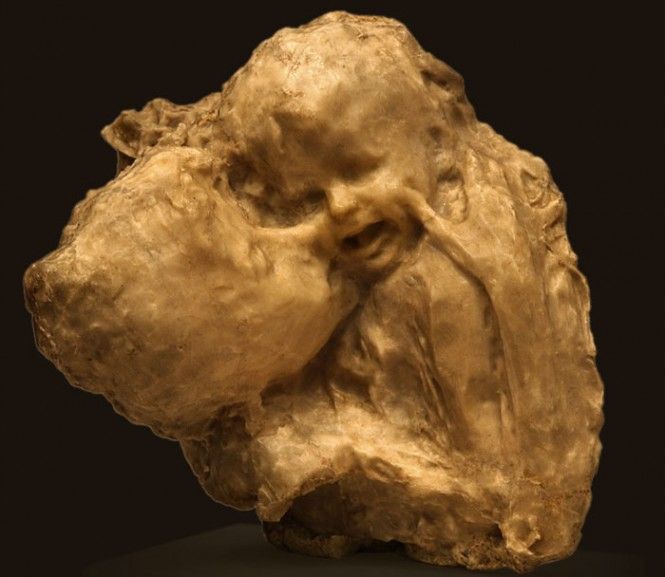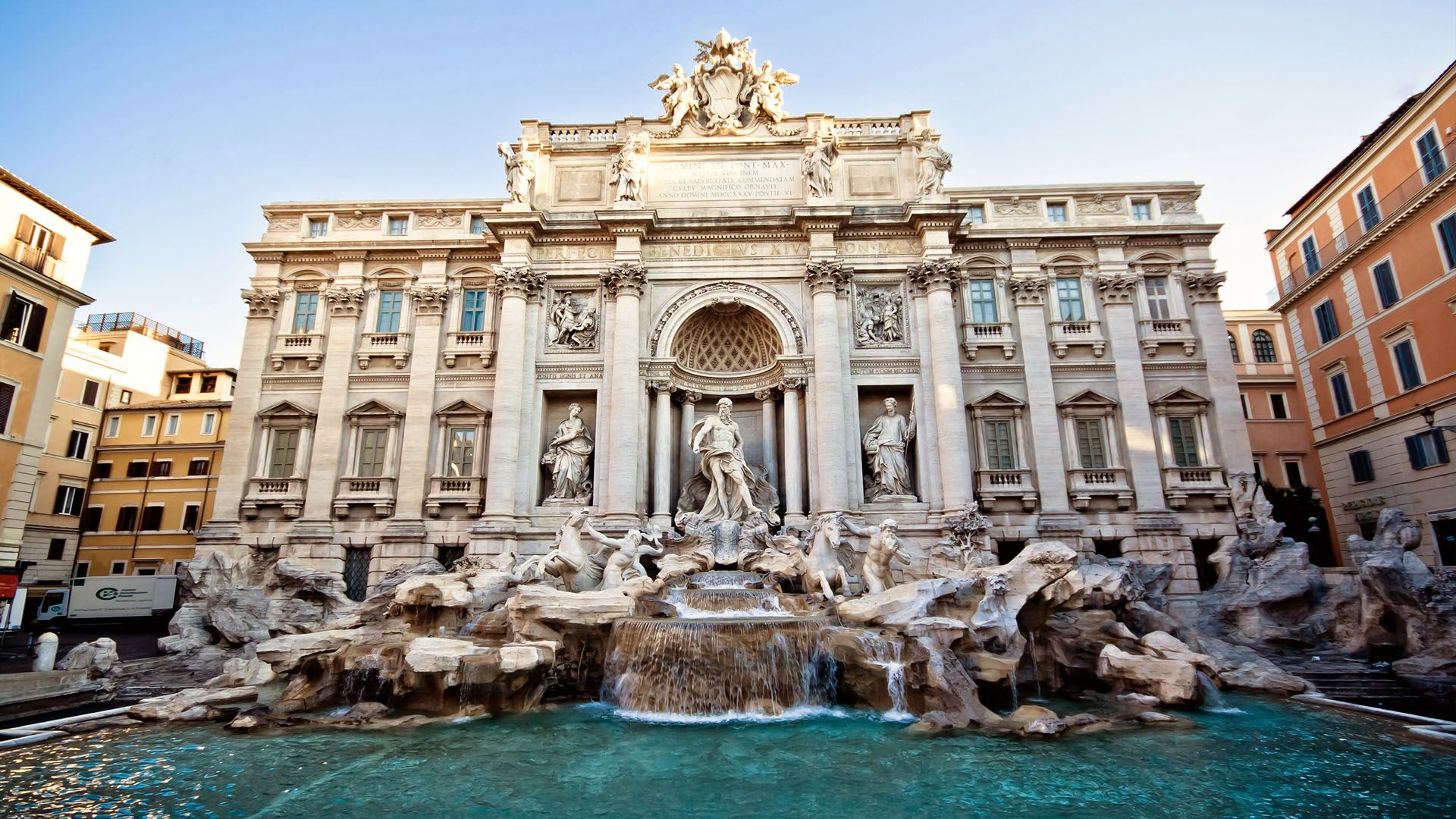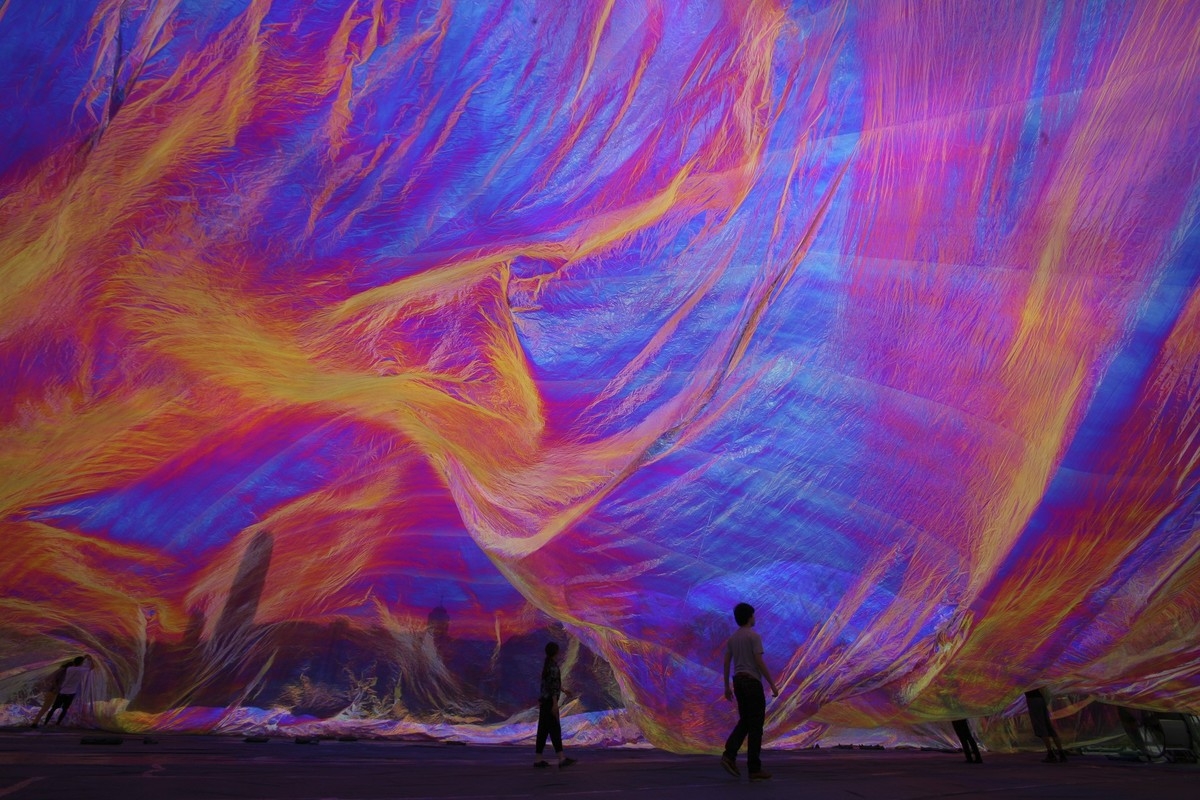|
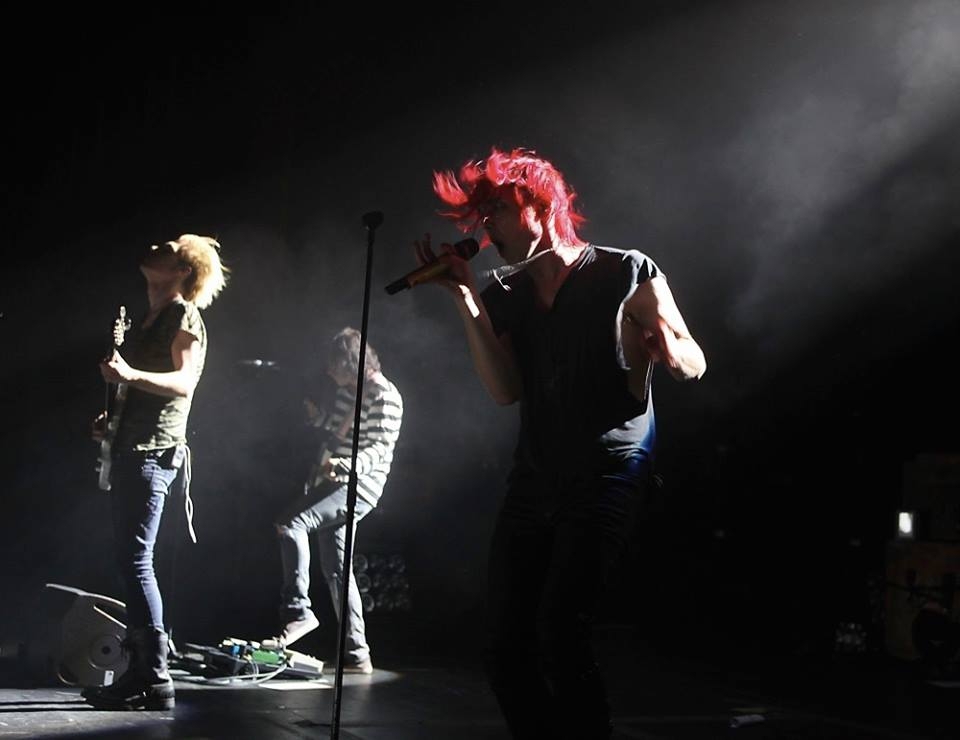
My Chemical Romance live at the Hammersmith
Apollo
Abitha Palett, London, 2010
Published in the Eyeplug Magazine
|
The audience of the HMV
Hammersmith Apollo in London celebrated the big return of My Chemical
Romance, after their extended three-year-long hiatus, on October 23,
2010. The band brought their then latest album, Danger Days: The True Lives
Of The Fabulous Killjoys to the UK; where Abitha Palett, London-based
aspiring journalist/photographer/model/blogger/radio person was also
present, wrote a review and took presumably several, photos.
She managed to capture a
truly captivating photo of the alternative/rock band (note, the picture does
not include all of the members), which was founded in 2001 by Gerard Way,
Mikey Way, Frank Iero, and Ray Toro in New Jersey and gave the world tracks,
such as
Welcome to the Black
Parade,
Famous Last Words,
I’m Not Okay (I Promise),
and The Kids From
Yesterday,
just to name a few.
My Chemical Romance
played
21 songs (plus intro,
encore) at
the HMV Hammersmith Apollo, which venue, has since
been renamed Eventim Apollo and operates as such
these days. Based on the research I carried out (taking into account the
lights, the situation of the musicians, their postures, movements, and
clothes), it can be said that out of the songs it was the third one, called
Dead!
(and its final minute, the countdown) that provided to opportunity for
Palett to take this photograph and share it as
her review’s cover.
The photo focuses on
Gerard Way (singer) and the contrast between the all dark setting, his black
clothes and his bright red hair is fascinating. Especially when looking at
it from a distance, barely anything but the vivid redness in the middle of
the picture strikes the audience. Furthermore, the lights break their way
through the darkness, shining, behind Gerard Way, at Mikey Way (bass) and
Frank Iero (guitar), giving the two some space and attention. The lighting
also gives an angelic or glorious, or even divine impression.
Besides, the postures of
the musicians are quite interesting, for all three of them are positioned
differently: Gerard Way is slightly knee-bent, holding the mike,
having the other hand in the air, and being in the middle of
singing/shouting; whereas Mikey Way is playing the bass, standing tall, his
head is leaned a bit back and hair playing with the air; while Frank Iero is
playing the guitar, crouching as pedaling with one knee-bent leg, and having
one arm in mid-air. Yet, they are making a unit.
Grajzel Fanni
Sources:
http://www.eyeplug.net/magazine/author/abitha-pallett/
http://www.setlist.fm/setlist/my-chemical-romance/2010/hmv-hammersmith-apollo-london-england-4bd5072a.html
https://www.youtube.com/watch?v=s3ZWSwWK6PA
https://www.facebook.com/MyChemicalRomance
|






















